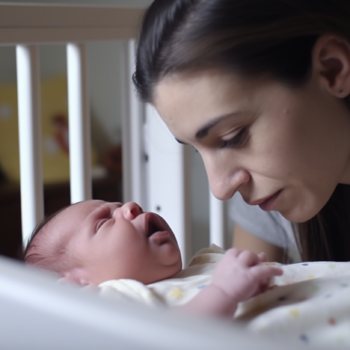Are you a new parent wondering when to start sleep training your baby? The answer may vary depending on the expert you ask. While some suggest starting as early as 4 months, others recommend waiting until your little one is around 6 months old. At this age, babies have developed a more regular sleep-wake cycle and are capable of self-soothing. However, every child is different, so it's vital to consider their individual needs and readiness. Look out for signs like longer periods of nighttime sleep or consistent nap schedules. Remember, patience and consistency are key when embarking on the sleep training journey.
Tag: sleep training for infants
Understanding the Mechanism of Cry It Out Sleep Training for Babies
Cry it out sleep training, also known as the extinction method, is a popular technique used by parents to help their babies sleep through the night. The method involves letting the baby cry for a set amount of time before going in to comfort them. The idea behind it is to teach the baby to self-soothe and learn how to fall asleep on their own. While this method may not work for every family or baby, many parents have found success with cry it out sleep training. It is important to note that this method should be used with caution and should only be implemented after consulting with a pediatrician.
A Beginner’s Guide to Sleep Training for Infants: Benefits and Techniques Explained
Sleep training for infants is a process of teaching babies how to sleep independently through the night. It involves gradually reducing the presence and intervention of parents during bedtime routines. Sleep training may include methods such as the Ferber method, the cry it out method, or the chair method, and involves establishing a consistent sleep schedule and routine. While sleep training can be controversial, it can be a helpful solution for parents who are struggling with sleep deprivation and are looking for a way to help their baby get the rest they need. It is important to note that sleep training should only be done when the baby is developmentally ready and should always be done under the guidance of a pediatrician.

